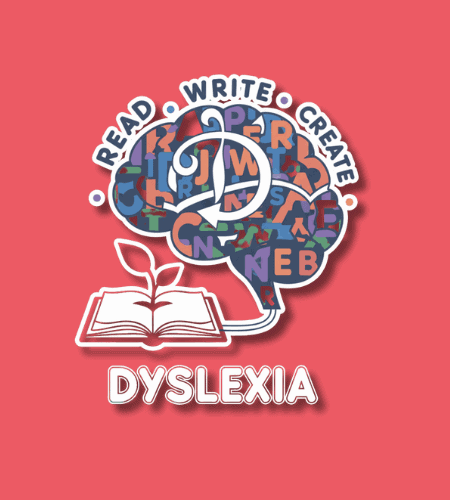World Dyslexia Day is observed every year on October 8, as part of Dyslexia Awareness Month and Dyslexia Awareness Week.
Table of Contents
History of World Dyslexia Day
The observance of World Dyslexia Day has its roots in international efforts to raise awareness about dyslexia and to advocate for support, understanding, and inclusive practices. The European Dyslexia Association (EDA) is one of the organizations that has helped lead coordination of awareness efforts, including setting October 8 as the date for this international day.
Over time, the day has been embraced by dyslexia associations, educators, researchers, and advocates globally. It serves as a focal point during the broader Dyslexia Awareness Week (often the first full week of October) to amplify messages about dyslexia, share resources, and engage communities in conversation.
Why is World Dyslexia Day important?
Dyslexia is a learning difference that affects people’s ability to read, write, spell, and decode text, but does not reflect overall intelligence. Many individuals with dyslexia have unique strengths in creativity, problem‑solving, and pattern recognition. The day gives visibility to the challenges they face and encourages support systems, accommodations, and early identification.
This observance also helps reduce stigma and dispel misconceptions. For many people, dyslexia is misunderstood, and assumptions are made about intelligence or effort. By raising awareness, educators, employers, and the general public can better understand how to support individuals with dyslexia — through inclusive teaching, assistive tools, and accessible environments.
- It gives a voice to people with dyslexia and their experiences
- It promotes early diagnosis and intervention
- It encourages educational systems to adopt inclusive practices
- It helps challenge myths and reduce stigma
- It unites global efforts in support, research, and advocacy
How to Celebrate or Observe World Dyslexia Day
On October 8, individuals, schools, and organizations can host awareness events such as workshops, talks, or panel discussions about dyslexia: its nature, strategies to support learners, and stories of lived experience. Use that day to highlight resources, research findings, or assistive technologies that help.
Another meaningful way is sharing stories: encourage people with dyslexia to tell how they navigate reading and learning, what helps them thrive, and what barriers remain. Social media campaigns using hashtags like #WorldDyslexiaDay or #EDADyslexiaday can spread awareness and foster connection. Schools might display posters, organize reading support sessions, or engage in “read‑aloud” events that spotlight accessible reading formats.
- Organize a workshop or webinar on dyslexia awareness
- Invite a speaker with personal experience to share their story
- Share facts and resources online using awareness hashtags
- Display informative materials in schools or public spaces
- Promote use of assistive tools and reading supports
World Dyslexia Day Dates Table
| Year | Date | Day |
|---|---|---|
| 2025 | October 8 | Wednesday |
| 2026 | October 8 | Thursday |
| 2027 | October 8 | Friday |
| 2028 | October 8 | Sunday |
| 2029 | October 8 | Monday |

Alex’s Take on World Dyslexia Day
My son has a mild form of dyslexia, so World Dyslexia Day means a lot to me. I’m really glad that this day exists and that people are talking more openly about dyslexia now. At our school, for example, most teachers already know how to support kids with learning differences like this.
But it wasn’t always like that. Unfortunately, not long ago, many people with dyslexia were simply seen as poor students or lazy, when in reality they were just as capable—they just needed a different approach. It’s sad, because with the right support and understanding, dyslexia can absolutely be managed.
And now with so many tools—like audiobooks, voice-to-text apps, and specially designed fonts—it’s even easier to help kids learn in ways that work best for them. I’m really glad this day exists. It’s an important one.
Subscribe to our newsletter and never miss a holiday again!

